After failing to get to Machu Picchu, we were getting a bit anxious when a fellow traveller in Colca said that she had gone out on the very last flying day over the Nazca lines. These are long lines and symbols covering a vast area of desert made by the Nazca peoples around 1500 years ago by clearing away darker oxidised surface stones to show the paler rock beneath. The extremely dry, windless and consistent climate of the area has managed to preserve the lines really well.
We knew that a few weeks ago there had been a fatal crash, which had brought flying to a halt but had gathered that things were now back to normal. She explained that the fault had been with the companies' safety routines and the authorities had stepped in and now stopped all flying. We hurriedly emailed our hostel in Nazca but they replied immediately that they could arrange a flight. We had fallen victim to the dreaded traveller’s whisper line which is often correct but just as frequently wildly wrong!
Still, it did mean that we were arranging a flight soon after our arrival in town on the overnight bus. We took our travel sickness pills and had the recommended light breakfast before the flight (with a promised return to the breakfast table when we returned). Unfortunately our flight was delayed because 'a safety inspection was taking longer than expected’ (we were not sure if this constituted good or bad news). So our 9.30 flight was now going to be at 11.00 and breakfast would be over by the time we got back! We made a compromise by ordering breakfast but saving it for our return.
When we got to the airport it was clear that there had been little reduction in flying. all the companies seemed to be functioning and there were lots of tourists waiting for their chance to go up. While we were waiting, three video screens showed potentially interesting programmes about the Nazca culture and the possible meanings of the lines. Unfortunately the screens are all pretty close together and are all showing different programmes in different languages at the same time so the messages get a bit lost. Anyway we didn’t really have long to wait and were soon climbing aboard our six seater plane, carefully arranged to balance our weights. We were sharing the flight with a French couple with the pilot and a guide in the front seats.
The flight was absolutely fantastic and tremendously exciting! The tiny plane bumped its way along the runway, picked up speed and we were soon soaring over the town and heading out to the desert. We each had a little map of our flight path over the patterns but this did not prepare us for the really sharp circles that the pilot would make to ensure that we all got a good view of each pattern. He would have to bank right over in one direction for the people on one side and then come round and repeat the stunt in the other direction for the others. A bit like being in a stunt plane! TP found himself grinning from ear to ear but Jenny found the bumping, twisting and turning a bit much for her stomach but at least she didn’t throw up like the French guy.
The symbols and marking are unbelievable, with some animal patterns over 135 metres long, and the only real way to see them is from the air. Of course this is the big archaeological question. Why did the Nazca people go to the great trouble to create these symbols and lines when they couldn’t actually see them? It’s true that local shaman have been using plants such as the San Pedro cactus for 3000 years to promote psychedelic experiences, many describing ‘trips’ flying over the earth. And we’ve heard several other possible answers (so the gods could see them or as directions for space ships to land etc) but none are completely convincing on their own.
Maria Reiche, who worked on the lines from 1946 to her death in 1998 believed they were an astronomical calendar. Most recent theories build on this and suggest the lines were markers for rituals related to water, aligned to the rising sun at the beginning of the rainy season. I guess, like the petroglyphs at Toro Muerto, that we will never really know the true motivation.
It was enough for us simply to marvel at the parallel and crisscrossing straight lines stretching out for vast distances across the desert towards the hills, to ponder the curious use of geometric shapes such as triangles and of course to enjoy the vast animal shapes so often reproduced around here. These animals are now described by formal names although more recent thinking suggest that many of them are actually wrong. The ‘condor’ for example doesn’t really look like a condor and is probably a local bird.
The ‘astronaut’, unsurprisingly is not actually an astronaut (sorry any Erich Von Daniken fans!) and is likely to be a priest wearing an owl mask and the dog is probably a desert fox. Some of the creatures such as the parrot and monkey are likely to have been made because they are usually found in the wet jungle and the Nazca people wanted their country to be just as wet.
All too soon we were making our way back to the airport; a short but unbelievably fascinating trip, clearly a high point of our journey so far.
The following day we took another trip out into the desert to see some more bones (you can guess which of us wanted to make this trip most). The Chauchilla valley was used as a cemetery for over a thousand years, up to the Spanish invasion and the graves vary from simple circular tombs to elaborate multichambered burial places for important people or for the bodies of a whole ancestral line. The main culture was Wari although evidence has been found of the earlier Nazca culture and later Inca artefacts.
The extent of the gravesites indicate how considerable were the civilizations in this area over time. Thousands of burial sites cover a wide area of desert although most have been opened and looted by grave robbers. As a result, the area is scattered with bones, broken pottery, scraps of shroud fabric and lengths of braided hair. Recently, the authorities have collected up some of the material and reconstructed some grave sites based on the archaeological evidence.
However, there is still a lot of stuff around on the surface, preserved by the same climatic conditions that have kept the few remaining mummies in good condition.
More lines and symbols but this time they're BIG!
Wednesday, March 31, 2010
 Nazca, Ica, Peru
Nazca, Ica, Peru
Other Entries
-
80More Marys than you can shake a skull stick at.
Feb 0653 days prior San Pedro de Atacama, Chilephoto_camera91videocam 3comment 1
San Pedro de Atacama, Chilephoto_camera91videocam 3comment 1 -
81Mountains, lakes, salt plains & altitude sickness
Feb 0851 days prior Uyuni, Boliviaphoto_camera82videocam 1comment 5
Uyuni, Boliviaphoto_camera82videocam 1comment 5 -
82Dead people, dead trains and dead electrics!
Feb 1049 days prior Uyuni, Boliviaphoto_camera30videocam 0comment 3
Uyuni, Boliviaphoto_camera30videocam 0comment 3 -
83Let the festivities begin (but not in the convent)
Feb 1346 days prior Potosi, Boliviaphoto_camera78videocam 0comment 0
Potosi, Boliviaphoto_camera78videocam 0comment 0 -
84No sugar but lots of water and... dinosaurs!
Feb 1940 days prior Sucre, Boliviaphoto_camera61videocam 0comment 5
Sucre, Boliviaphoto_camera61videocam 0comment 5 -
85Possibly the highest capital city in the world...
Feb 2336 days prior La Paz, Boliviaphoto_camera89videocam 1comment 4
La Paz, Boliviaphoto_camera89videocam 1comment 4 -
86Shining Lake Titicaca (when it isn't raining).
Feb 2633 days prior Copacabana, Boliviaphoto_camera47videocam 1comment 2
Copacabana, Boliviaphoto_camera47videocam 1comment 2 -
87Despite the name, it's not always sunny here!
Feb 2831 days prior Isla del Sol, Boliviaphoto_camera51videocam 0comment 0
Isla del Sol, Boliviaphoto_camera51videocam 0comment 0 -
88Incas, Pre-incas and a load of willies.
Mar 0526 days prior Puno, Peruphoto_camera113videocam 0comment 0
Puno, Peruphoto_camera113videocam 0comment 0 -
89Road blocks, demos and a scenic journey to Cusco
Mar 0625 days prior Cusco, Peruphoto_camera76videocam 0comment 5
Cusco, Peruphoto_camera76videocam 0comment 5 -
90Touring the Sacred Valley
Mar 0724 days prior Ollantaytambo, Peruphoto_camera50videocam 0comment 8
Ollantaytambo, Peruphoto_camera50videocam 0comment 8 -
91Visiting the Inca sites around the city.
Mar 0922 days prior Cusco, Peruphoto_camera46videocam 0comment 3
Cusco, Peruphoto_camera46videocam 0comment 3 -
92The White City
Mar 1615 days prior Arequipa, Peruphoto_camera92videocam 0comment 2
Arequipa, Peruphoto_camera92videocam 0comment 2 -
93Strange markings at Dead Bull!
Mar 238 days prior Toro Muerto, Peruphoto_camera32videocam 0comment 0
Toro Muerto, Peruphoto_camera32videocam 0comment 0 -
94Colca Canyon 1: Snow and the Ice Maiden
Mar 256 days prior Chivay, Peruphoto_camera17videocam 0comment 2
Chivay, Peruphoto_camera17videocam 0comment 2 -
95Colca Canyon 2: Watch out, condors about!
Mar 274 days prior Cabanaconde, Peruphoto_camera56videocam 1comment 1
Cabanaconde, Peruphoto_camera56videocam 1comment 1 -
96Colca Canyon 3: Hot and Passionate
Mar 283 days prior Arequipa, Peruphoto_camera21videocam 0comment 0
Arequipa, Peruphoto_camera21videocam 0comment 0 -
97More lines and symbols but this time they're BIG!
Mar 31 Nazca, Peruphoto_camera41videocam 0comment 2
Nazca, Peruphoto_camera41videocam 0comment 2 -
98Sun worshipping through the years
Apr 044 days later Trujillo, Peruphoto_camera62videocam 0comment 2
Trujillo, Peruphoto_camera62videocam 0comment 2 -
99We go in search of GOLD!
Apr 077 days later Chiclayo, Peruphoto_camera58videocam 0comment 4
Chiclayo, Peruphoto_camera58videocam 0comment 4 -
100Sun, surf and a very loud children's fairground
Apr 1111 days later Máncora, Peruphoto_camera22videocam 0comment 3
Máncora, Peruphoto_camera22videocam 0comment 3 -
101In search of exotic animals: we find iguanas
Apr 1313 days later Guayaquil, Ecuadorphoto_camera21videocam 0comment 1
Guayaquil, Ecuadorphoto_camera21videocam 0comment 1 -
102We arrive and dive.
Apr 1616 days later Puerto Ayora, Ecuadorphoto_camera64videocam 2comment 1
Puerto Ayora, Ecuadorphoto_camera64videocam 2comment 1 -
103We set sail, eventually.
Apr 1717 days later Bartoleme, Ecuadorphoto_camera46videocam 0comment 4
Bartoleme, Ecuadorphoto_camera46videocam 0comment 4 -
104Iguanas in all their many forms.
Apr 1818 days later Santa Fe Island, Ecuadorphoto_camera32videocam 0comment 3
Santa Fe Island, Ecuadorphoto_camera32videocam 0comment 3 -
105Not all the animals here are friendly.
Apr 1919 days later San Cristobal, Ecuadorphoto_camera8videocam 0comment 1
San Cristobal, Ecuadorphoto_camera8videocam 0comment 1 -
106Albatross, fresh albatross!
Apr 2020 days later Espanola, Ecuadorphoto_camera29videocam 0comment 1
Espanola, Ecuadorphoto_camera29videocam 0comment 1 -
107Jen has mixed feelings about stingrays!
Apr 2121 days later Floreana, Ecuadorphoto_camera11videocam 0comment 1
Floreana, Ecuadorphoto_camera11videocam 0comment 1 -
108That's the way, A-a A-a, I like it!
Apr 2222 days later Isabela, Ecuadorphoto_camera25videocam 1comment 2
Isabela, Ecuadorphoto_camera25videocam 1comment 2 -
109Big Boy Diego struts his stuff and we fly out.
Apr 2323 days later Puerto Ayora, Ecuadorphoto_camera10videocam 0comment 1
Puerto Ayora, Ecuadorphoto_camera10videocam 0comment 1 -
110In the dangerous city we have too many cocktails
Apr 2525 days later Quito, Ecuadorphoto_camera31videocam 0comment 2
Quito, Ecuadorphoto_camera31videocam 0comment 2 -
111We look for the Virgin on the Rocks.
Apr 2626 days later Ipiales, Colombiaphoto_camera22videocam 0comment 0
Ipiales, Colombiaphoto_camera22videocam 0comment 0 -
112A bright white city with a great dark bar.
Apr 2929 days later Popayan, Colombiaphoto_camera31videocam 0comment 0
Popayan, Colombiaphoto_camera31videocam 0comment 0 -
113We avoid hot spots and enjoy suburban life.
May 0232 days later Medellin, Colombiaphoto_camera34videocam 1comment 0
Medellin, Colombiaphoto_camera34videocam 1comment 0 -
114Nobody expects the Spanish Inquisition...
May 0535 days later Cartagena, Colombiaphoto_camera26videocam 0comment 3
Cartagena, Colombiaphoto_camera26videocam 0comment 3 -
115Traditional fishing village or party-goers heaven?
May 1040 days later Taganga, Colombiaphoto_camera16videocam 1comment 4
Taganga, Colombiaphoto_camera16videocam 1comment 4

 Nazca, Ica, Peru
Nazca, Ica, Peru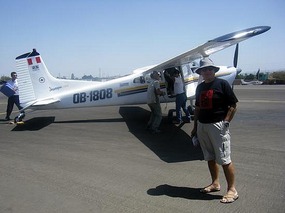
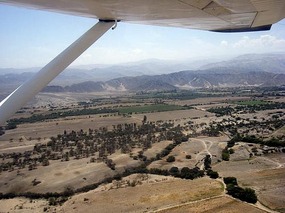
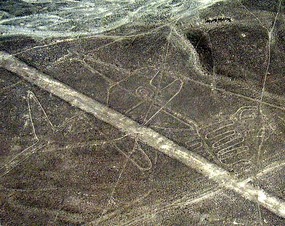
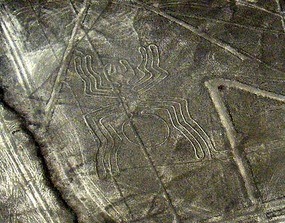
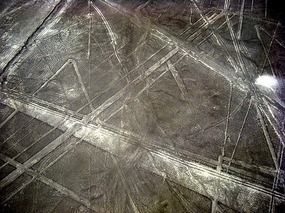

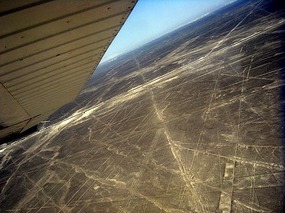
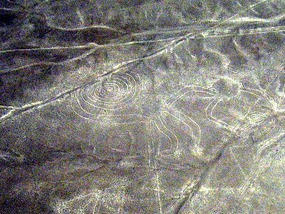
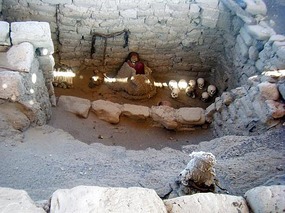
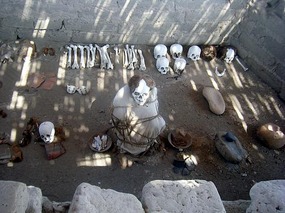
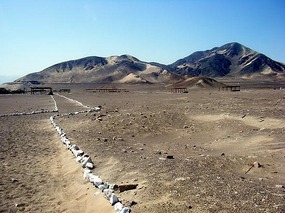





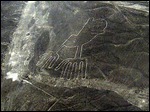
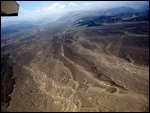

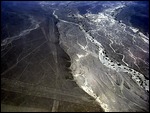
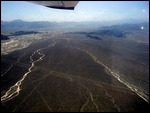
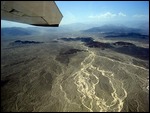


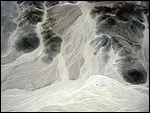
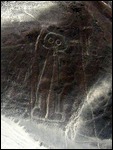
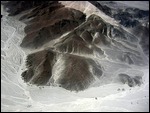
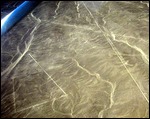
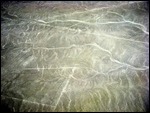
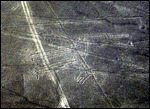
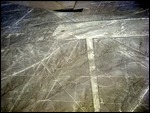

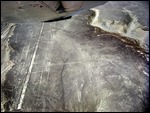
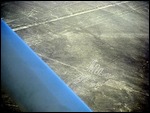
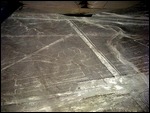
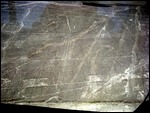

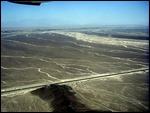
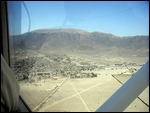
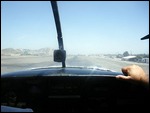
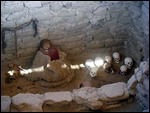
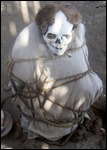


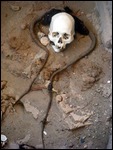
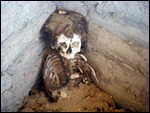
2025-05-22